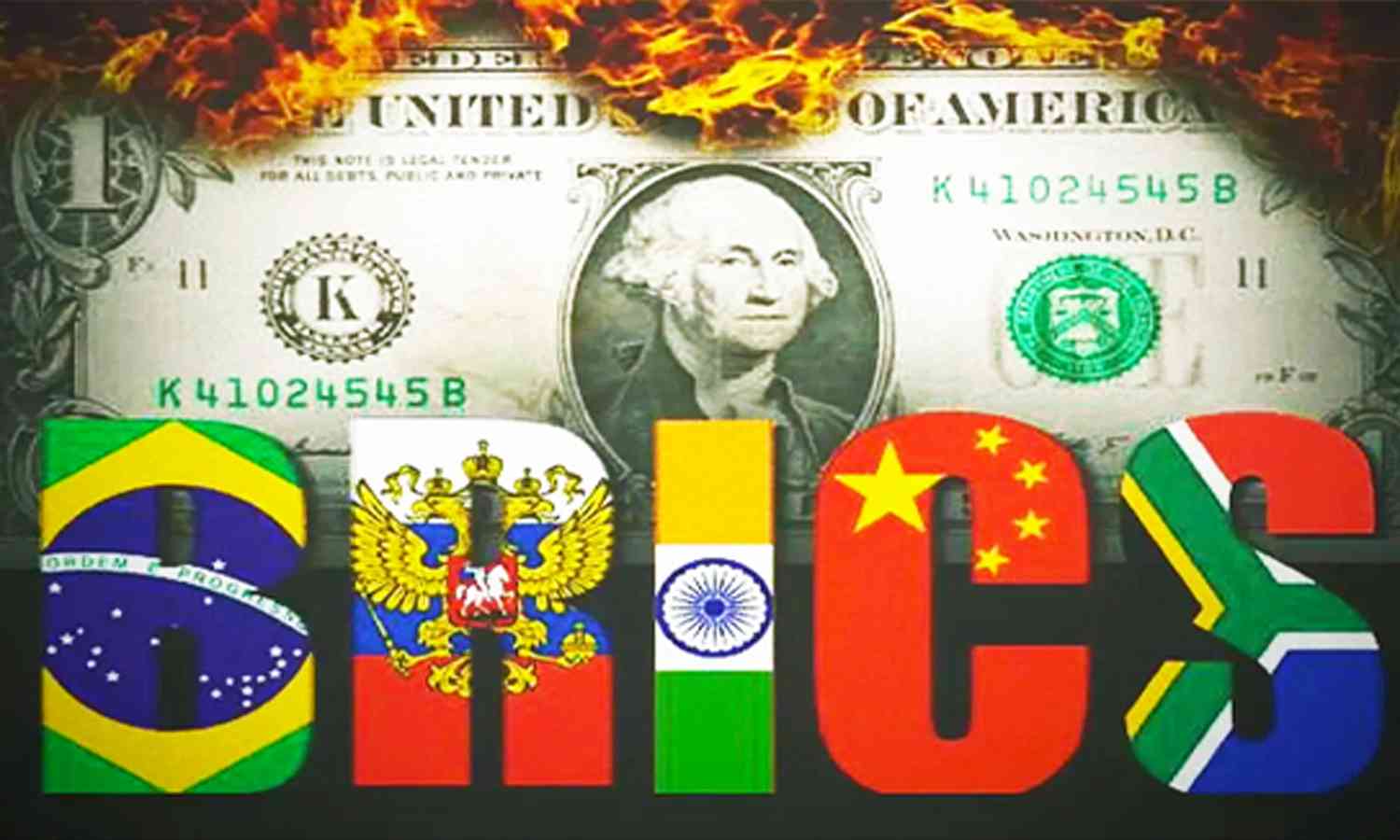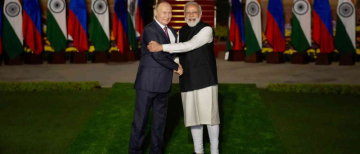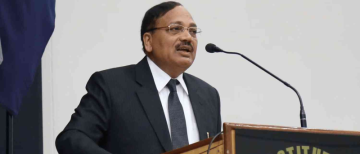Yesterday, Trump announced a sweeping 26 per cent tariff on Indian goods, the world braced itself for yet another jolt to the global trade ecosystem. His protectionist policies, justified as attempts to rectify trade imbalances, have not only antagonised long-standing partners but also reignited fears of a full-fledged global trade war. Yet, as the United States isolates itself through aggressive tariff regimes, this could very well be the moment BRICS (Brazil, Russia, India, China, and South Africa) has been waiting for.

For years, BRICS has aimed to emerge as a formidable counterbalance to Western economic hegemony. While the group’s political coherence has sometimes been questioned, its economic potential remains undeniable. The recent tariff escalation is, in fact, a strategic opportunity for BRICS nations to strengthen their interdependence, reduce reliance on the US dollar, and carve out a larger share of global trade and political influence.

The US at Risk of Isolation
Trump’s tariffs, though framed as tools of economic protectionism, are symptomatic of a deeper trend towards American isolationism. The aggressive stance on tariffs is not unique to India; several other countries, including China and the European Union, have found themselves targeted by Washington’s unilateral trade policies. Such measures only serve to weaken America's credibility as a dependable trade partner.
This was evident when, on April 2, 2025, Trump launched the "Liberation Day" initiative, which introduced a baseline 10% tariff on all U.S. imports, with elevated rates for specific countries: 34% on China, 32% on Taiwan, 26% on India, and 20% on the European Union. With average U.S. tariff rates now potentially climbing above 25%, the risk of sparking global inflation and disrupting supply chains has become a pressing concern.

A Golden Opportunity for BRICS
The BRICS bloc, which has long sought to establish itself as an alternative power centre, now finds itself presented with a unique opportunity. With America pushing its trade partners away, BRICS nations can enhance intra-group trade, bolster regional cooperation, and diversify their economic engagements. Most importantly, it provides a chance to accelerate ongoing efforts to reduce dependence on the US dollar.
During the 2024 BRICS Summit held in Kazan, Russia, members discussed ambitious projects aimed at strengthening economic resilience. The proposed BRICS Pay platform, a decentralised payment system utilising blockchain technology and central bank digital currencies (CBDCs), aims to enable transactions in local currencies. Such an initiative would significantly reduce dependence on the dollar for intra-group trade.
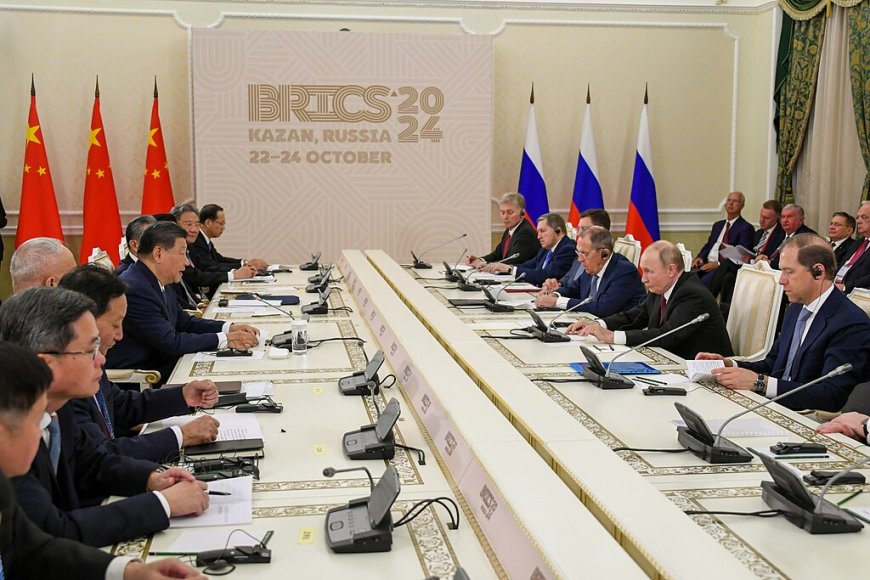
BRICS members explored creating a cross-border payment system designed to allow member nations to settle transactions in their local currencies without requiring dollar mediation. This would not only reduce transaction costs but also promote greater financial stability across the bloc.
Furthermore, the BRICS New Development Bank (NDB) continues to expand, with new members like Egypt, Ethiopia, Iran, and the UAE joining the fold. This expansion strengthens the NDB’s lending capacity, enabling it to fund infrastructure, renewable energy, and technological projects in emerging markets—without reliance on Western financial systems.
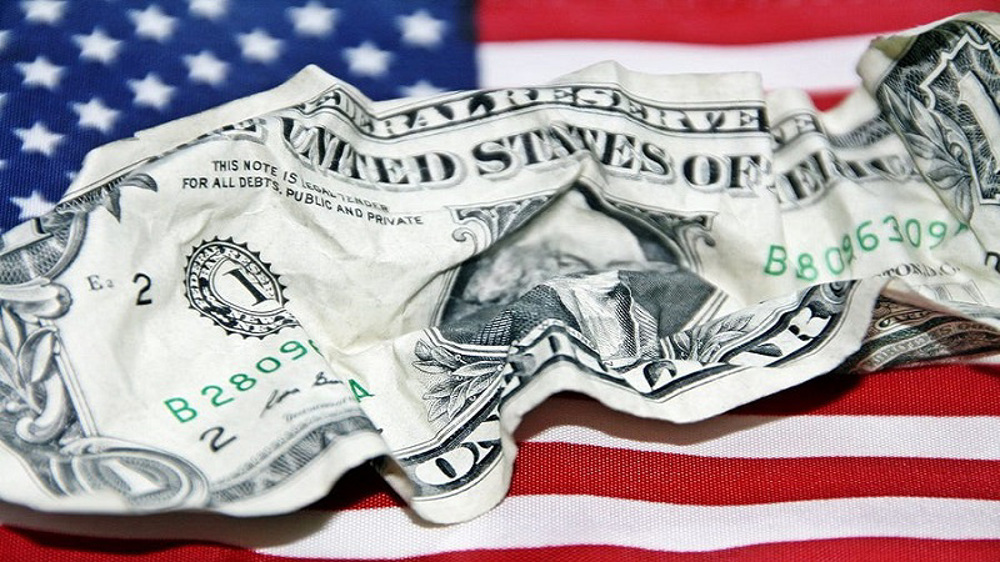
Decentralising the Dollar
The US dollar’s dominance has long given Washington outsized influence over global financial systems. For BRICS, diminishing this influence is not merely an economic ambition but a geopolitical necessity. If Trump's aggressive tariffs spark a global trade war, the ensuing chaos could propel BRICS nations to accelerate their pursuit of a multipolar financial system.
The BRICS Pay platform and various cross-border payment systems illustrate efforts aimed at minimising reliance on the dollar. Additionally, Russia has proposed establishing a BRICS grain exchange to enhance food security and minimise exposure to price volatility tied to dollar fluctuations. Transactions under this model would be conducted in local currencies, reflecting a broader commitment to de-dollarisation. China, meanwhile, continues to advance its digital yuan initiative, while India has explored rupee-based trade settlements. These projects signify a larger trend towards reducing dependency on Western-controlled financial infrastructures.

Turning Crisis into Opportunity
The irony of Trump’s tariff policy is that it may ultimately weaken America’s own influence. As the US distances itself from its trading partners, BRICS can seize the moment to deepen cooperation, advocate for a more balanced global trade architecture, and promote a genuinely multipolar world order.
Efforts to establish payment systems independent of the dollar and the ongoing expansion of the New Development Bank are practical steps towards this goal. Should BRICS nations capitalise on this opportunity, they could successfully challenge the long-standing dominance of the dollar, creating a more diversified and resilient global economy. Ultimately, Trump’s tariffs may prove to be the catalyst BRICS needed all along. While America builds walls around its economy, BRICS has the opportunity to build bridges—bridges that could redefine global trade and geopolitics for decades to come.
With inputs from agencies
Image Source: Multiple agencies
© Copyright 2025. All Rights Reserved Powered by Vygr Media.

